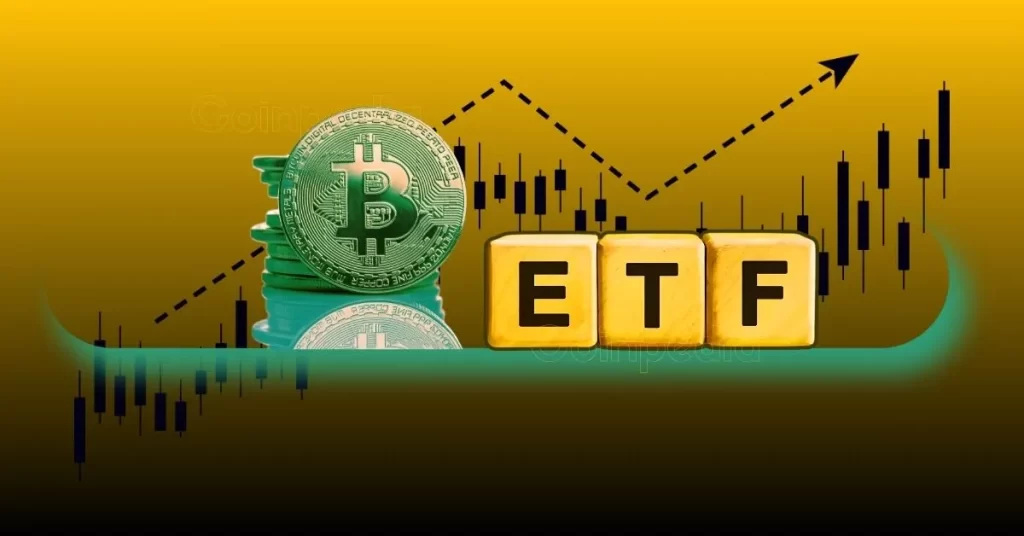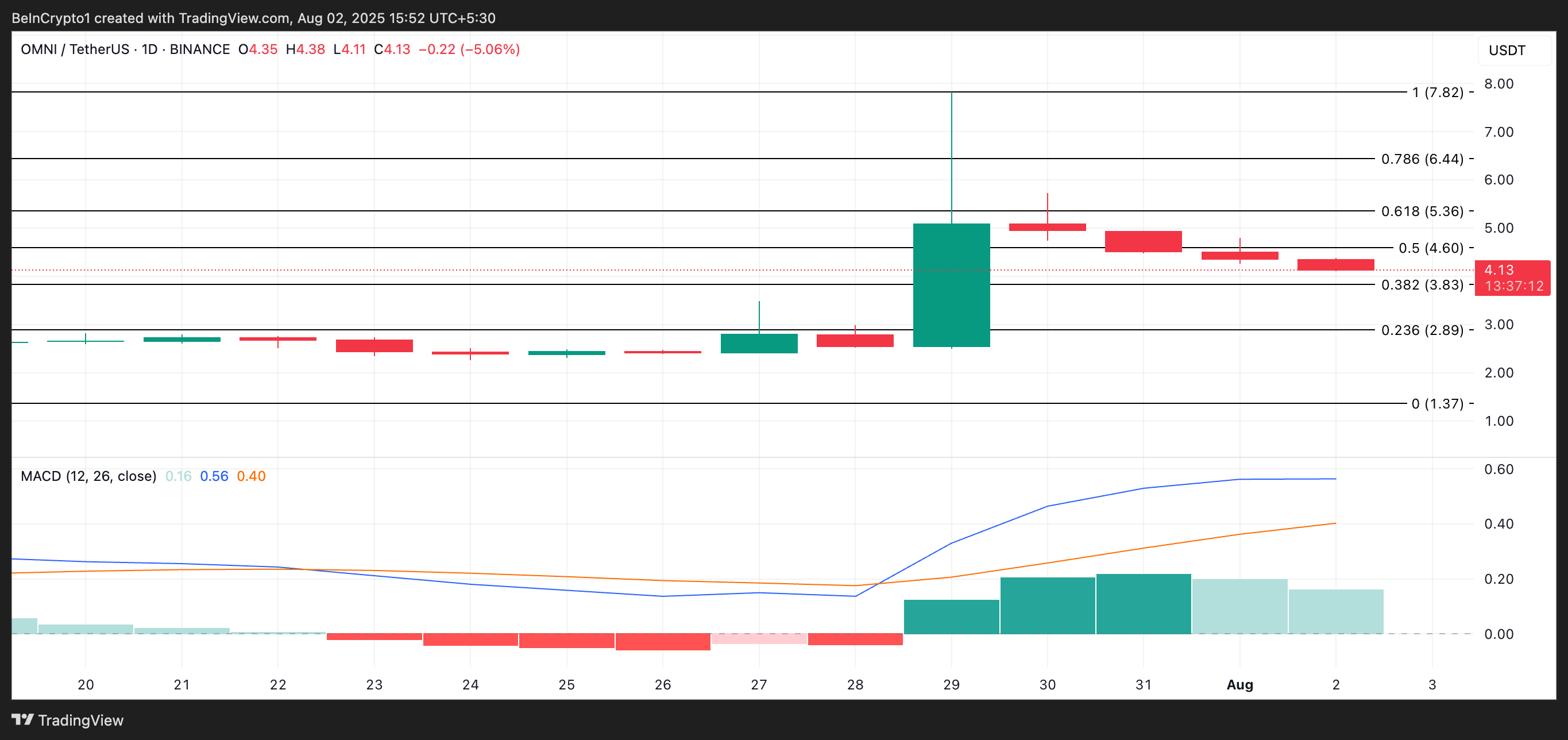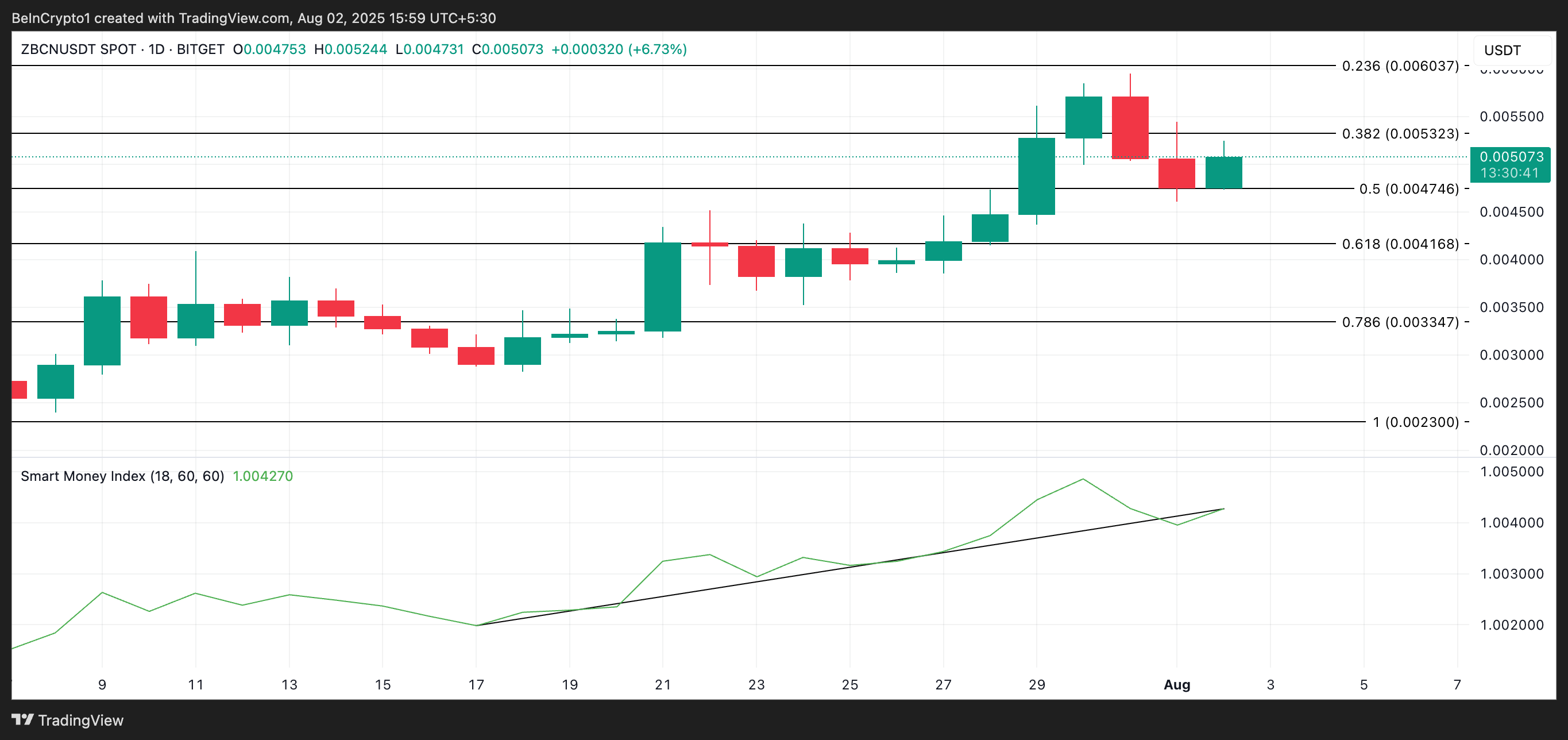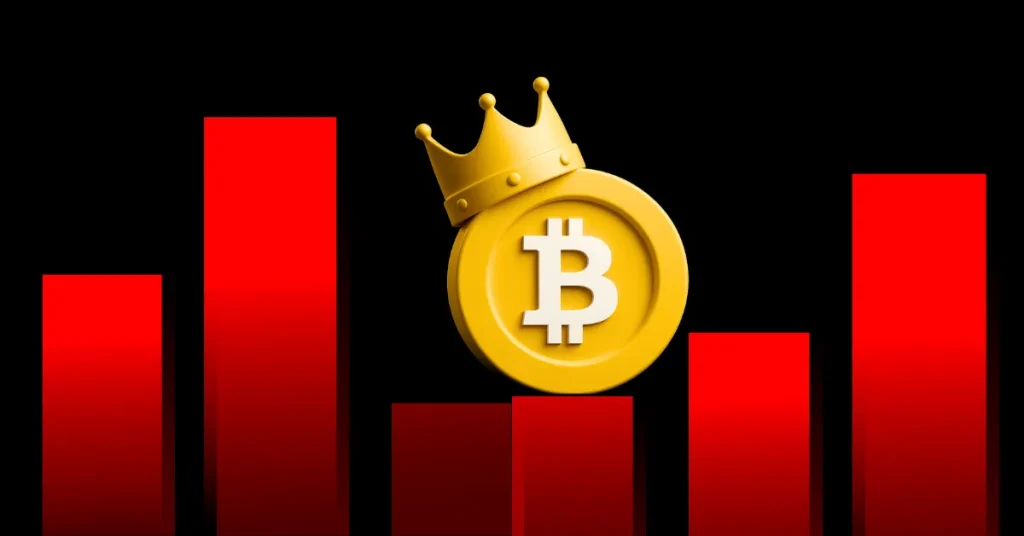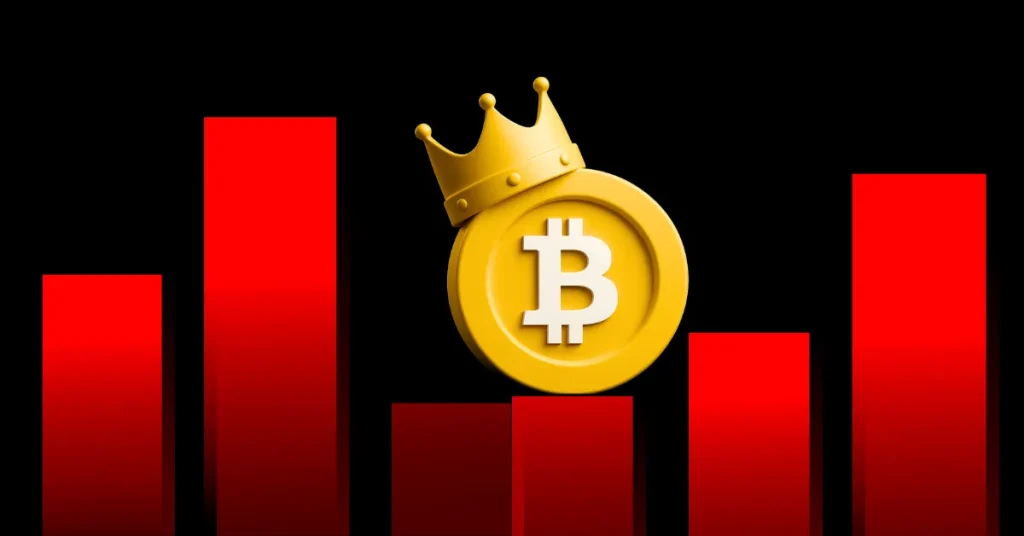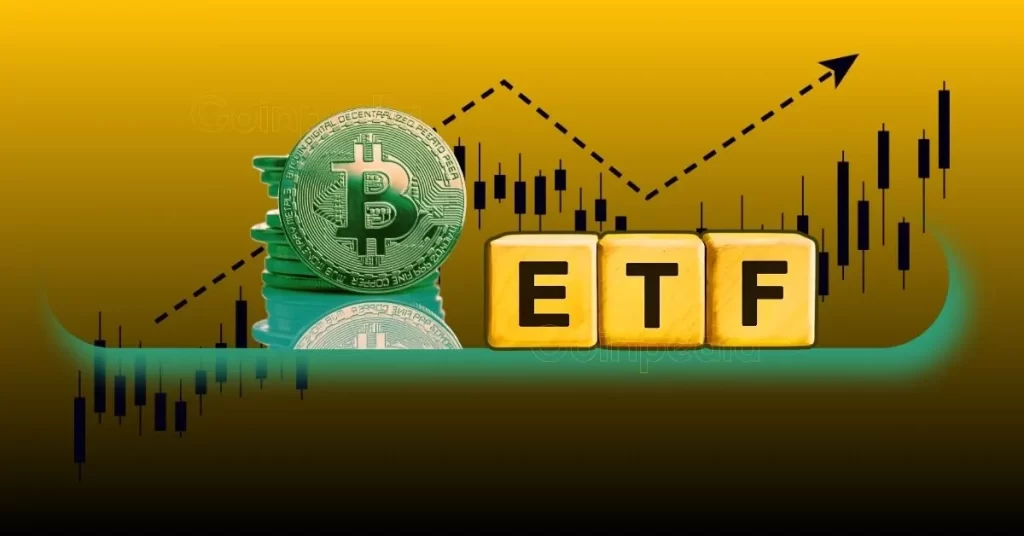
The post Bitcoin ETFs Hit $50B Milestone as Institutional Inflows Surge appeared first on Coinpedia Fintech News
Institutional interest in Bitcoin continues to soar, and spot Bitcoin ETFs are leading the charge. Just 18 months after their launch in January 2024, these investment products have now attracted over $50 billion in net inflows. The strong demand reflects growing confidence from big-money players, and the rally shows no signs of slowing down.
$218M Inflows in a Day
On July 9 alone, spot Bitcoin ETFs saw $218 million in net inflows, marking the fifth straight day of gains. According to SoSoValue data, nearly $1.52 billion has poured into these funds over the past five trading days. This follows a brief setback at the start of the month, when outflows hit $342 million on July 1. Since then, investor appetite has surged, with daily inflows peaking at $601.94 million on July 3.
BlackRock Leads the Pack With Over 700K BTC
BlackRock’s iShares Bitcoin Trust (IBIT) remains the dominant player, holding over 700,000 BTC, more than 55% of all Bitcoin held in U.S. spot ETFs. The fund has attracted $53 billion in net inflows, far ahead of Fidelity’s FBTC, which holds $12.29 billion. In contrast, Grayscale’s GBTC continues to see outflows, losing $23.34 billion since its conversion.
IBIT has even become BlackRock’s third-largest revenue-generating ETF, surpassing some of its long-standing traditional products, according to NovaDius Wealth Management’s Nate Geraci.
Altcoin ETFs May Be Next
According to Bloomberg analysts, there’s a 95% chance that the SEC will approve spot ETFs for Solana, XRP, and Litecoin this year. A broader crypto index ETF could also be approved soon, offering more access to altcoins for traditional investors. Meanwhile, apart from Bitcoin ETFs, Ethereum also saw momentum, with its ETFs pulling in over $211 million in a single day, pushing their total net inflows to nearly $5 billion. These flows suggest a broader appetite for crypto exposure among traditional investors.
Why Are Institutions Investing?
Crypto analyst Rachael Lucas says this is not your typical retail hype cycle. Instead, it’s large-scale investors, asset managers, corporate treasuries, and wealth platforms moving in. The consistency of inflows across recent months (April, May, June) supports the view that Bitcoin is being taken seriously as a long-term investment.
Lucas says global tensions and Trump’s push for rate cuts are making Bitcoin more attractive. According to him, the timing is different now because ETFs make it easier and safer to invest, just like buying stocks. Plus, the delay in Trump’s tariffs is also helping crypto prices rise.
Bitcoin Enters Corporate Treasuries
Beyond ETFs, companies are also jumping in. Japan’s Metaplanet added $237 million in BTC, while other firms in France and the UK made multi-million-dollar purchases. Tokyo-listed Remixpoint raised $215 million to buy 3,000 BTC.
Meanwhile, Bitcoin hit an all-time high of $112,000, and Ether surged 6.6% to $2,778, with analysts eyeing a breakout past $3,000.
Never Miss a Beat in the Crypto World!
Stay ahead with breaking news, expert analysis, and real-time updates on the latest trends in Bitcoin, altcoins, DeFi, NFTs, and more.

